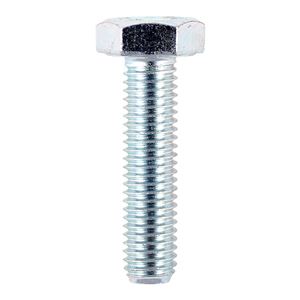
Metric & Metric fine threads explained
Released On 10th Jan 2023
Metric & Metric fine threads explained
The size of a metric fastener (screw, bolt, machine screw, socket cap/button/countersunk, etc.) is generally specified as diameter of the shank/threaded section, pitch, and length (For all fixings with a head like hex bolts and socket caps this is from under the head and countersunk fixings this is the total length) all in millimetres (mm). Metric fasteners are usually classed as either coarse or fine, referring to their thread pitch, although some sizes are available in an extra fine thread. Coarse is the most common metric thread and is assumed when a pitch isn't specified.
For example…
M8-1.0 x 20
Here's what the description means…
M = Metric thread
8 = Diameter, in millimetres
1.0 = Pitch (distance from thread to thread), in millimetres
20 = Length, in millimetres.
This example is of a M8 metric fine bolt.
Some easy to remember facts about metric fasteners…
Diameter: the larger the number, the larger the screw or bolt
Pitch: the larger the number, the coarser the thread (the fewer the threads per unit of measure); coarse is the most common metric thread and is assumed when pitch isn't specified
Length: the larger the number, the longer the screw or bolt.
Standard: the DIN or ISO standard number describes the fastener
DIN stands for "Deutsches Institut für Normung", which means "German institute for Standardization".
It's all in the name. Because 'International Organization for Standardization' would have different acronyms in different languages (IOS in English, OIN in French for Organisation internationale de normalisation), our founders decided to give it the short form ISO. ISO is derived from the Greek 'isos', meaning equal.
What size Drill bit do I use to tap a metric thread?
To calculate the tap drill size for metric threads the diameter of thread minus the thread pitch will give you the required tap drill size. So, for M6 x 1 thread size. 6 - 1 = 5mm. Use a 5mm drill. This calculation is used in all cases and just scaled up the larger the thread.


